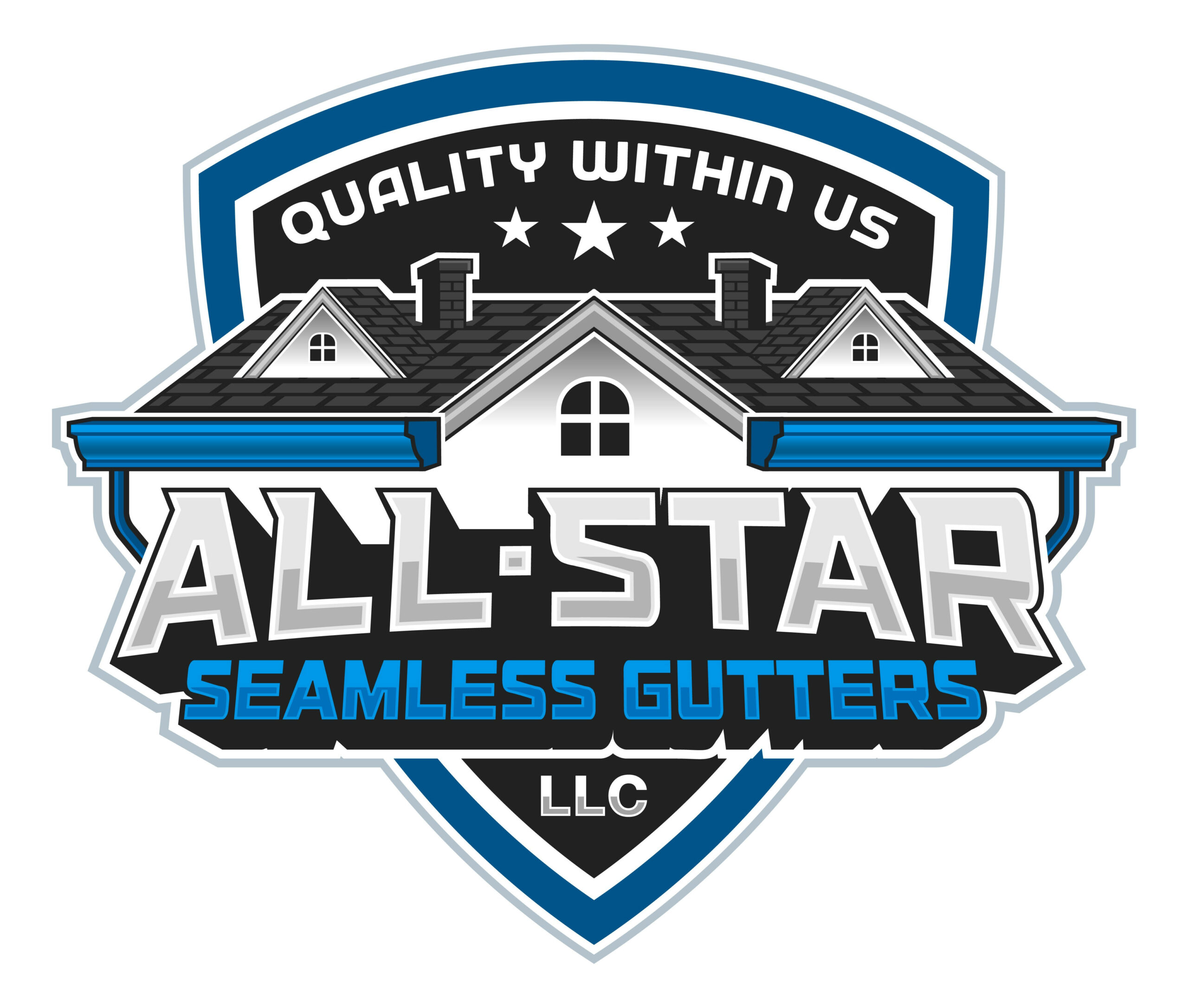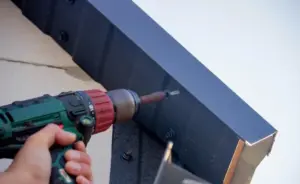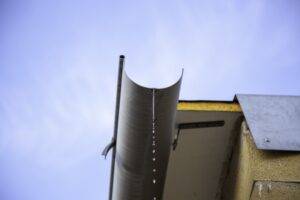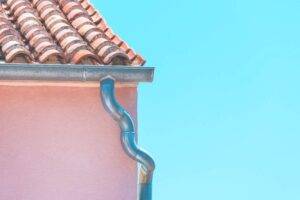If you’ve noticed peeling paint, sagging roof edges, or water stains near your roofline, it may be time to consider fascia repair. Fascia boards are essential to your home’s structure: they support the lower edge of the roof, hold gutters securely in place, and protect your attic from moisture and pests. Ignoring fascia damage can lead to costly structural problems, mold growth, and warped gutters. Understanding professional fascia repair services is key to keeping your home safe, stable, and weatherproof.
Across the United States, many homes face fascia deterioration due to storms, clogged gutters, wood rot, or pests like termites. When the fascia weakens, the entire roofline becomes vulnerable. Taking a proactive approach can save homeowners from expensive roof renovations later. Whether you plan to handle repairs yourself or hire a professional, knowing the signs and steps involved is crucial.
What Is the Purpose of Fascia Repair?
Fascia boards are constantly exposed to outdoor elements, making them susceptible to wear and tear. One of the biggest causes of damage is moisture. Overflowing or clogged gutters can let water seep into the fascia, causing rot and softening over time.
Pest intrusion is another concern. Termites, carpenter ants, and birds can damage weakened wood further.
Weather conditions also play a role. Strong winds, heavy rain, and snow buildup can cause cracks, gaps, and warping. Older wooden fascia boards naturally deteriorate over time, while poorly ventilated attics can trap moisture, weakening fascia from the inside. Recognizing these causes helps homeowners understand when fascia repair is necessary.
Signs You Need Fascia Repair
Homeowners rarely inspect the roofline, so fascia issues often go unnoticed until damage is severe. Common signs include:
- Peeling paint
- Loose or sagging gutters
- Soft or crumbling wood
- Visible gaps between the roof and fascia
- Mold, mildew, or water stains on exterior walls
- Uneven gutters or frequent overflow
- Pest activity near the roof edges
Addressing these symptoms early can prevent larger, costlier repairs later.
Fascia Repair vs. Replacement
Once damage is confirmed, the next step is deciding whether fascia repair, seamless gutter services, or full replacement is necessary:
Fascia Repair
- Suitable for minor issues such as small cracks, peeling paint, or limited rot
- Can involve patching, sanding, and sealing
- Section-by-section repair restores strength affordably
Fascia Replacement
- Required for widespread rot, severe sagging, or mold infestation
- Professionals remove damaged boards and install durable materials like PVC, aluminum, or treated wood
- Modern materials resist moisture and pests and require minimal maintenance
DIY vs. Hiring a Professional
Fascia repair can be challenging due to height, tools, and the precision required. Essential tools include ladders, saws, safety gear, caulking tools, and sealing materials. Mistakes can lead to gaps, unstable boards, or water intrusion.
A professional contractor ensures:
- Safe and correct installation
- Hidden damage evaluation
- Proper gutter alignment
Homes with multi-story rooflines or heavy gutters usually benefit most from hiring a professional.
How to Prevent Future Fascia Damage
Preventive maintenance can significantly extend the lifespan of fascia boards:
- Clean gutters regularly to prevent overflow
- Trim branches near the roofline to reduce pest access
- Inspect after storms for loose shingles, cracks, or sagging gutters
- Repaint or reseal fascia every few years to protect against moisture, UV rays, and general wear
Modern homeowners often choose low-maintenance materials like PVC or composite boards, which resist rot and warping for a longer-lasting roofline.
The Bottom Line
Investing in durable fascia materials and regular maintenance prevents frequent repairs, protects your home’s structure, and ensures gutters function correctly. A well-maintained fascia board is a long-term investment in the safety, appearance, and value of your home.
FAQs
1. What is the main purpose of fascia on a house?
Fascia supports the lower edge of the roof, holds gutters in place, and protects the home from moisture and pests.
2. How do I know if my fascia needs repair?
Look for peeling paint, sagging gutters, soft wood, or water damage near the roofline.
3. Can fascia be repaired without removing gutters?
In most cases, gutters must be loosened or removed for proper access.
4. What materials are best for replacement?
PVC, aluminum, and treated lumber are durable and moisture-resistant options.
5. How often should fascia be inspected?
At least twice a year, especially after storms or heavy rainfall.




